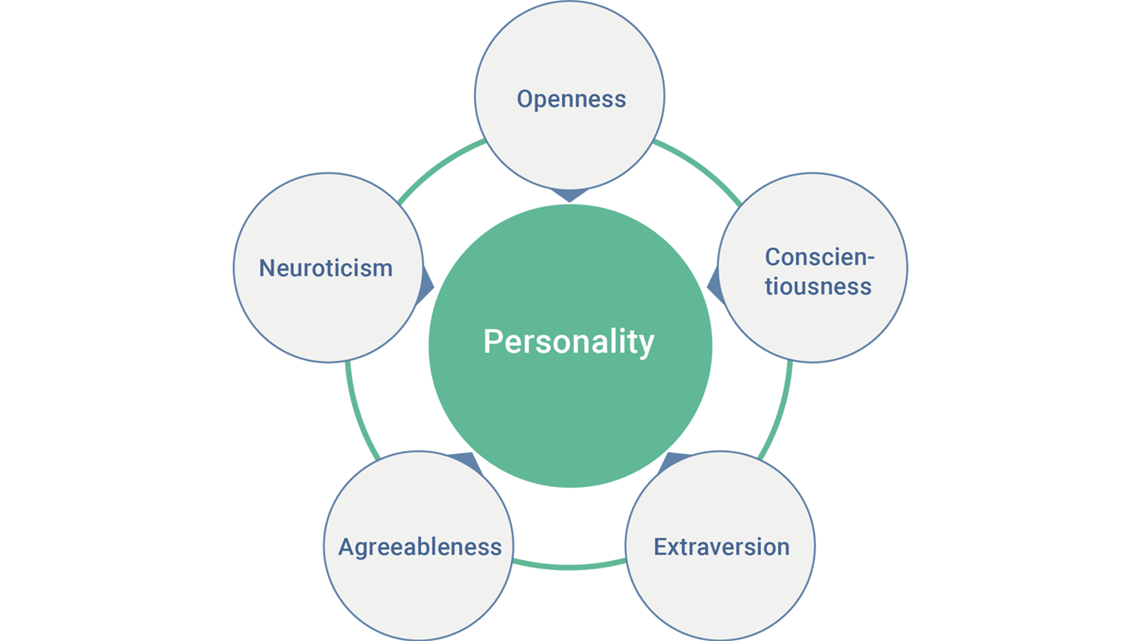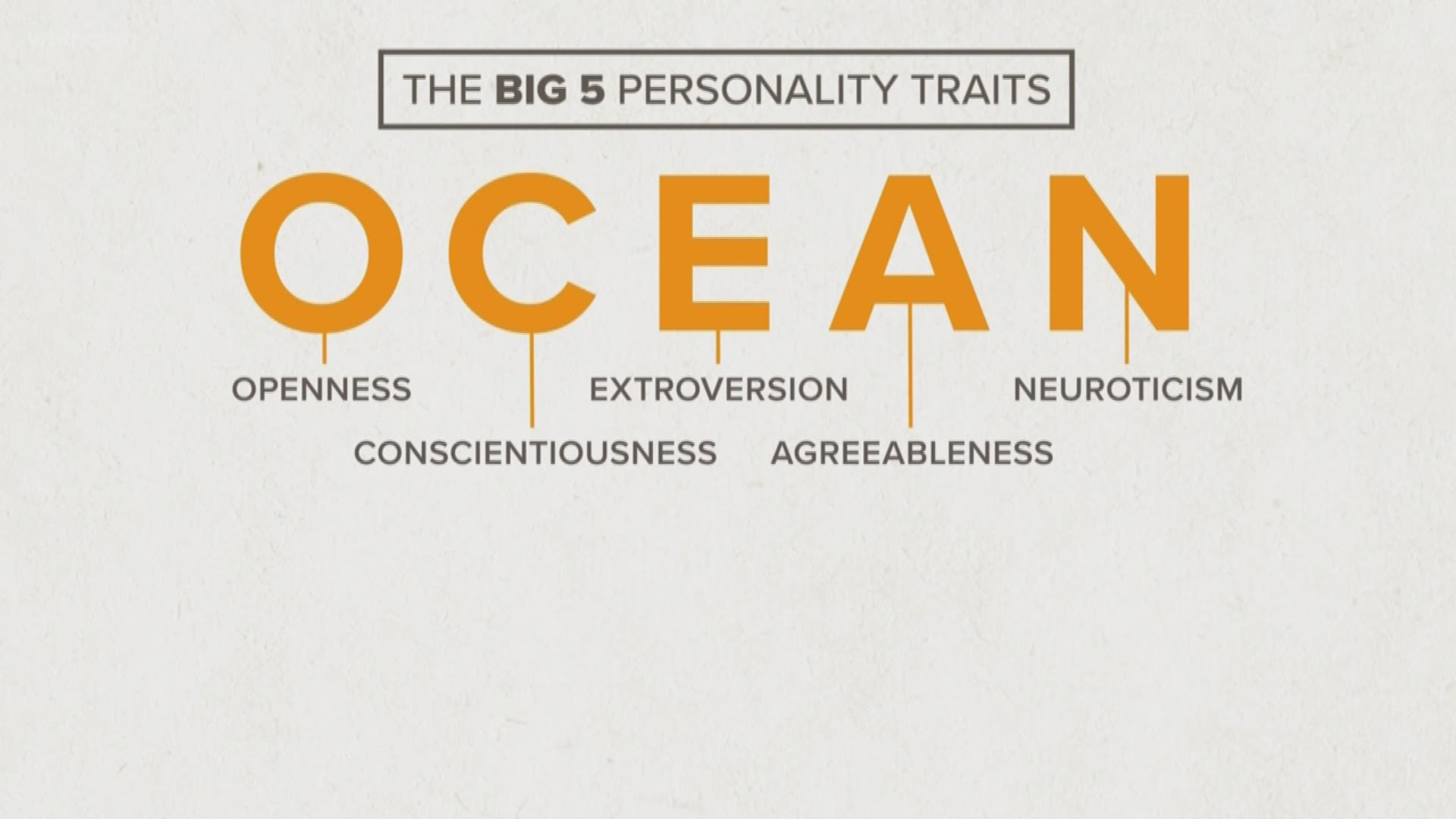All this week on 10News Today, we're exploring the world of personality tests -- and Tuesday morning we're focusing on one that's commonly agreed to be generally accurate in the eyes of personality psychologists: The IPIP Big Five Factor Markers.


Taking a Big Five test
A quick Google search reveals comprehensive versions of this test don't come free. Some sites might let you take a version of the test but withhold most of the results until you pay for it.
There are a few free versions, though. This one from the Big 5 Project provides a good, brief analysis that's easily understood using the five factor markers.
What are the Five Factor Markers?
Compared to the Myers-Briggs test, the Big Five is relatively bare bones when it comes to fleshing out personality types. That's because it's less concerned with analyzing overarching personality types, and more concerned with the analysis of five commonly accepted descriptors of personality.
Those five factors are commonly referred to by the acronym "OCEAN":
- Openness to experience (curious or cautious)
- Conscientiousness (organized or careless)
- Extraversion (outgoing or solitary)
- Agreeableness (compassionate or detached)
- Neuroticism (confident or nervous)
And that's really it. There are no overarching classifying types based on where you scored, long explanations about likes/dislikes/job prospects, or celebrities to compare to with this one. It's simply a test that measures where along those five factors you might stand based on the answers provided.
That's not to say these tests haven't been analyzed in a similar manner as the Myers-Briggs by employers, though. Personality psychologists maintain these five factors are ones that have been observed to remain relatively stable across adulthood, and can be used to predict how you might best succeed in academic, social and professional endeavors.
For example, studies conducted showed college students that scored high in conscientiousness and low in neuroticism tended to do better on exams than those who scored on the opposite end. Likewise, certain learning models and methods were found to work better with groups of people that had similar personalities.
Flaws with the Big Five
The most common critique of the Big Five model is that its limited scope cannot possibly explain individual variations from personality to personality -- and that it neglects a number of other domains to personality such as conservativeness, religiosity, humor, etc. that are harder to observe.
Others say the "Big Five" should really be the "Big Six" and include another personality dimension, Honesty/Humility, while also replacing neuroticism with "emotionality" to dig deeper into facets such as fearfulness and sentimentality.
If you'd like to take the HEXACO to see how you stack up against the Big Five, there is a free test available here that will compare your results to its averages they've recorded.

